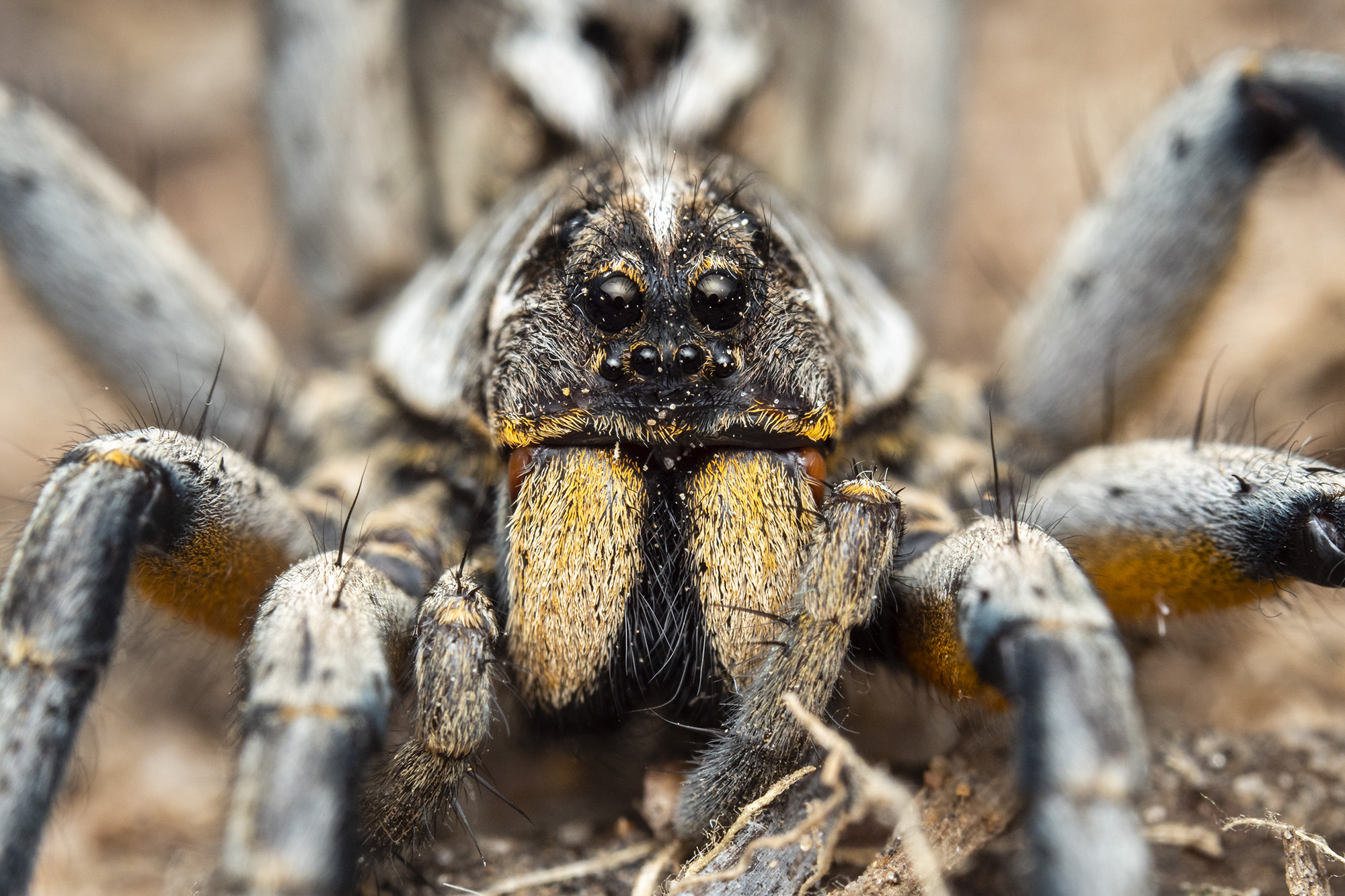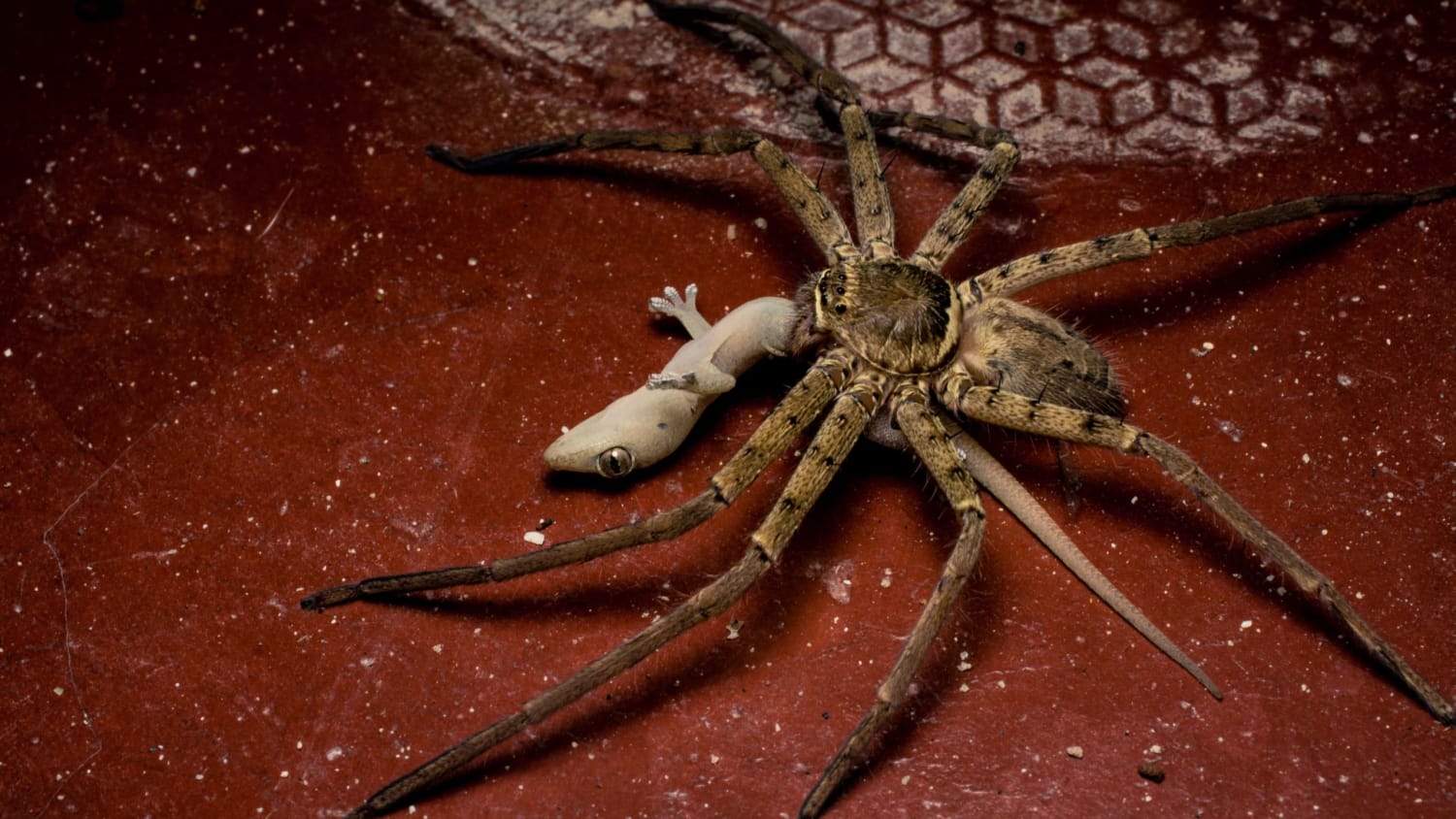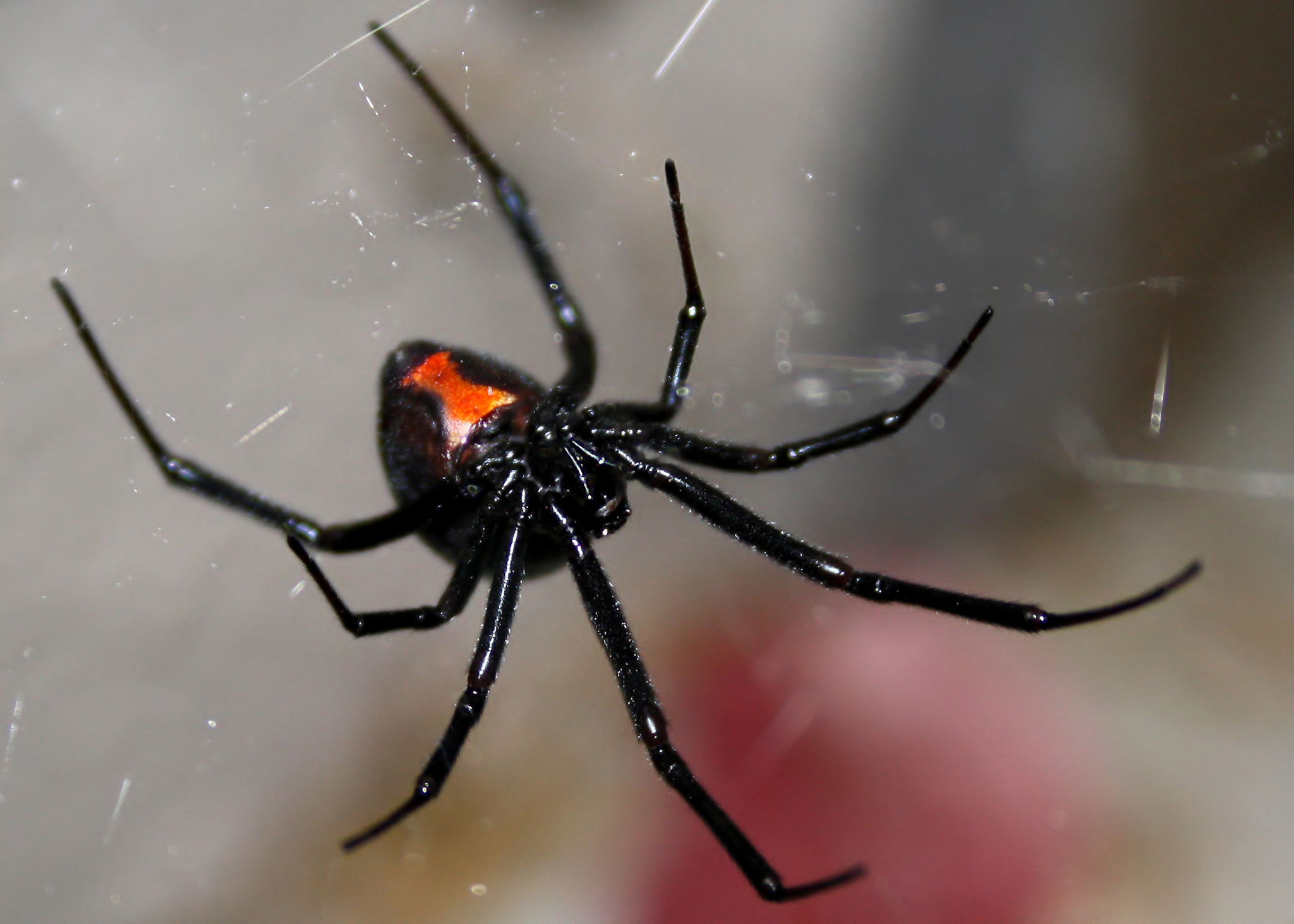Sticky Science: the Evolution of Spider Webs
Por um escritor misterioso
Descrição

How do spiders avoid getting tangled in their own webs?
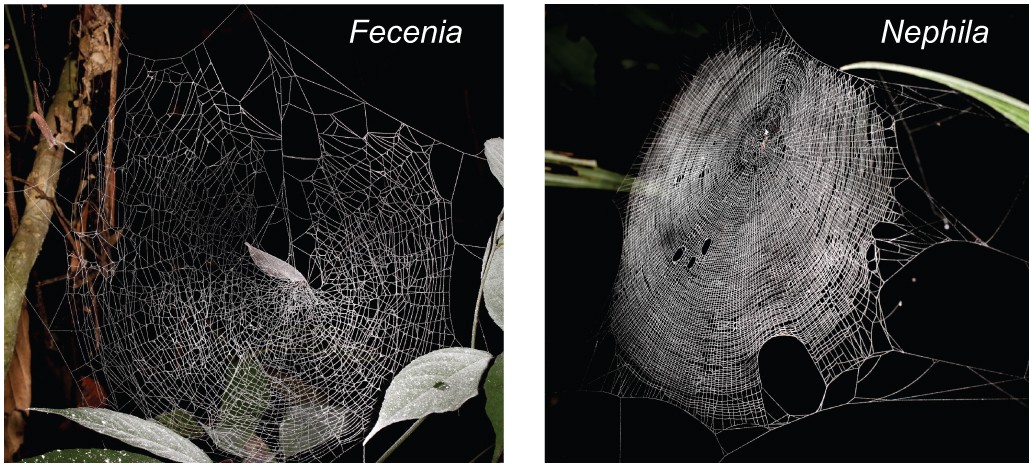
Biomaterial evolution parallels behavioral innovation in the origin of orb-like spider webs

Tuning the instrument: sonic properties in the spider's web

Sticky science: Evolution of spiderwebs

Spider genes put a new spin on arachnids' potent venoms, stunning silks, and surprising history, Science
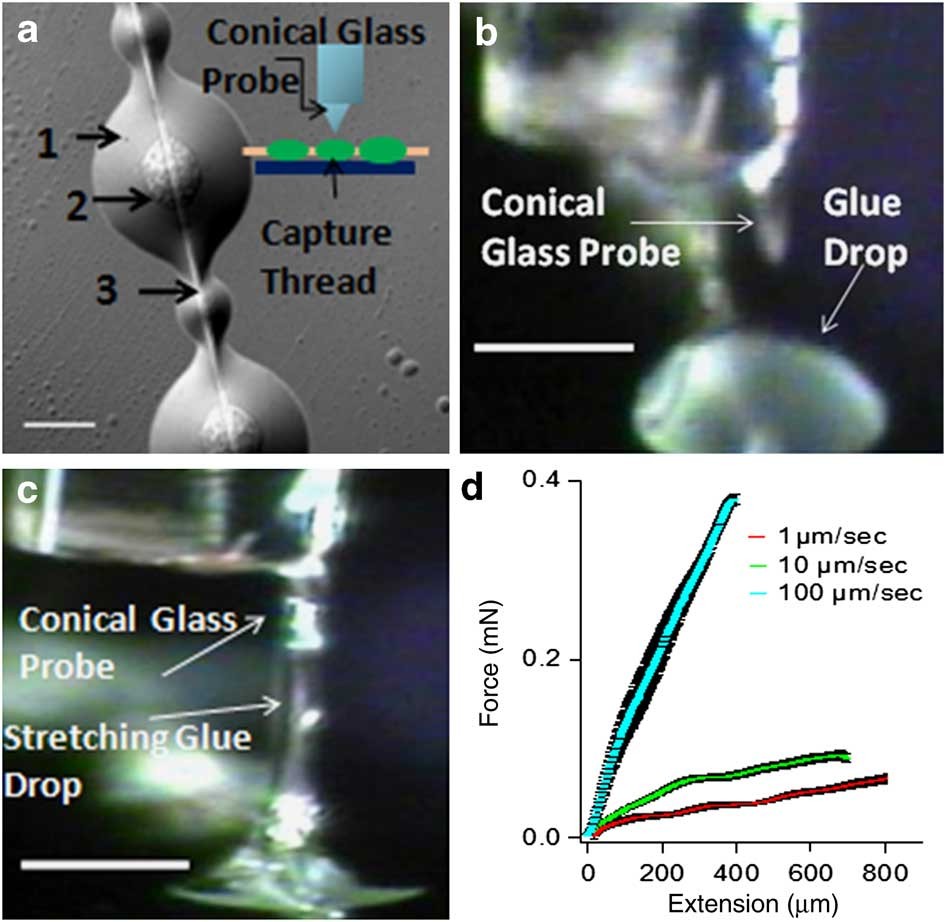
Viscoelastic solids explain spider web stickiness

Phylogenomics Resolves a Spider Backbone Phylogeny and Rejects a Prevailing Paradigm for Orb Web Evolution: Current Biology
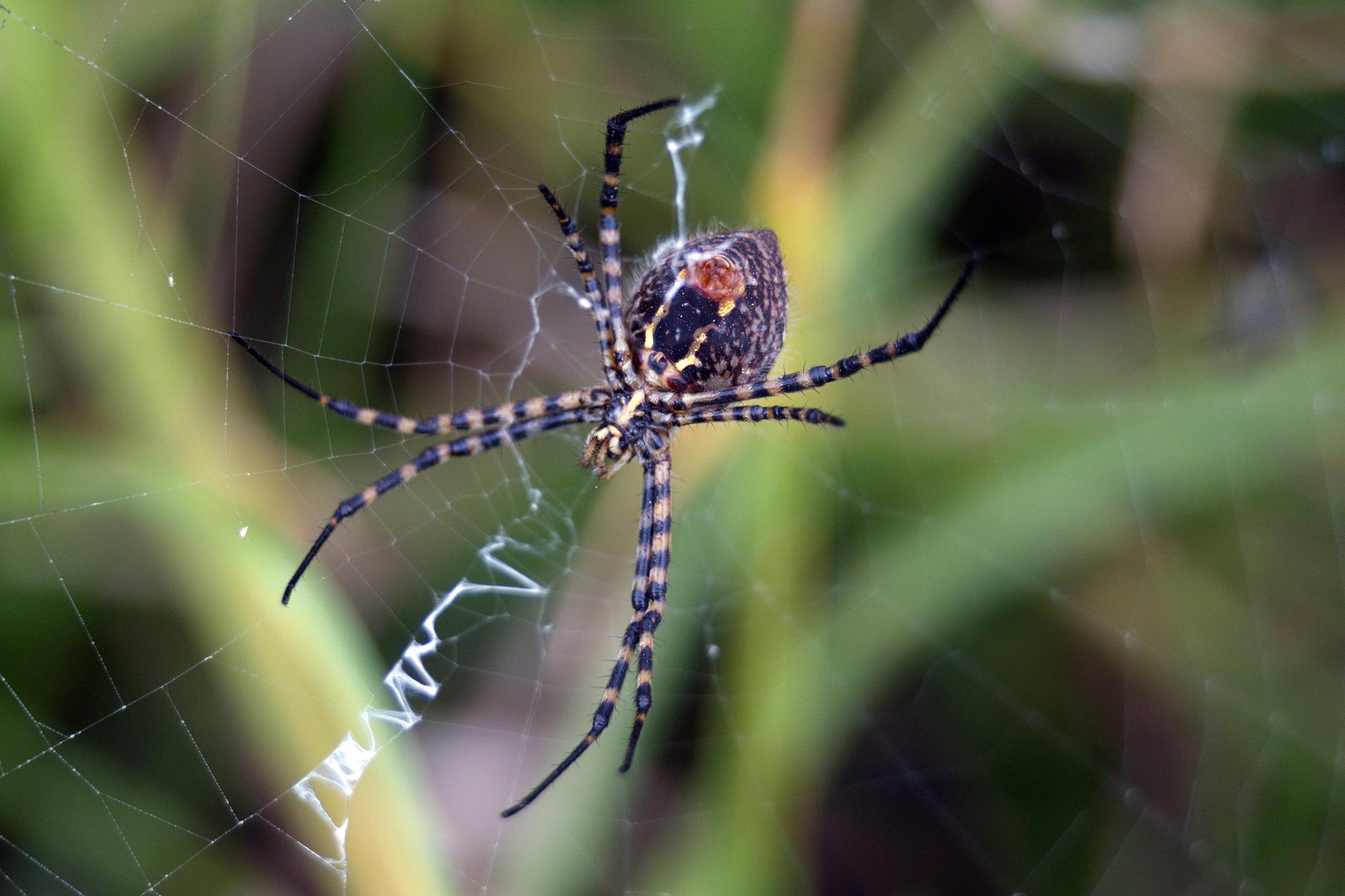
The Evolution of Stickiness: Orb Weaver Spiders' Glue Gets a Genetic Twist

Revealing the Venomous Secrets of the Spider's Web

Book review – Spider Webs: Behavior, Function, and Evolution
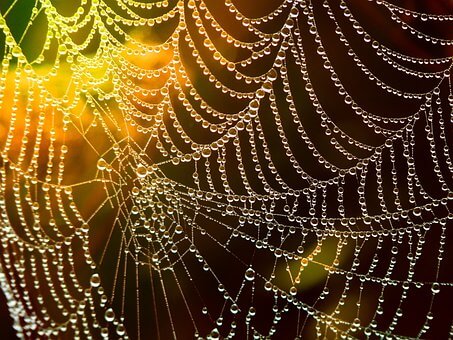
Orb weaver spider glue properties evolve faster than their glue genes
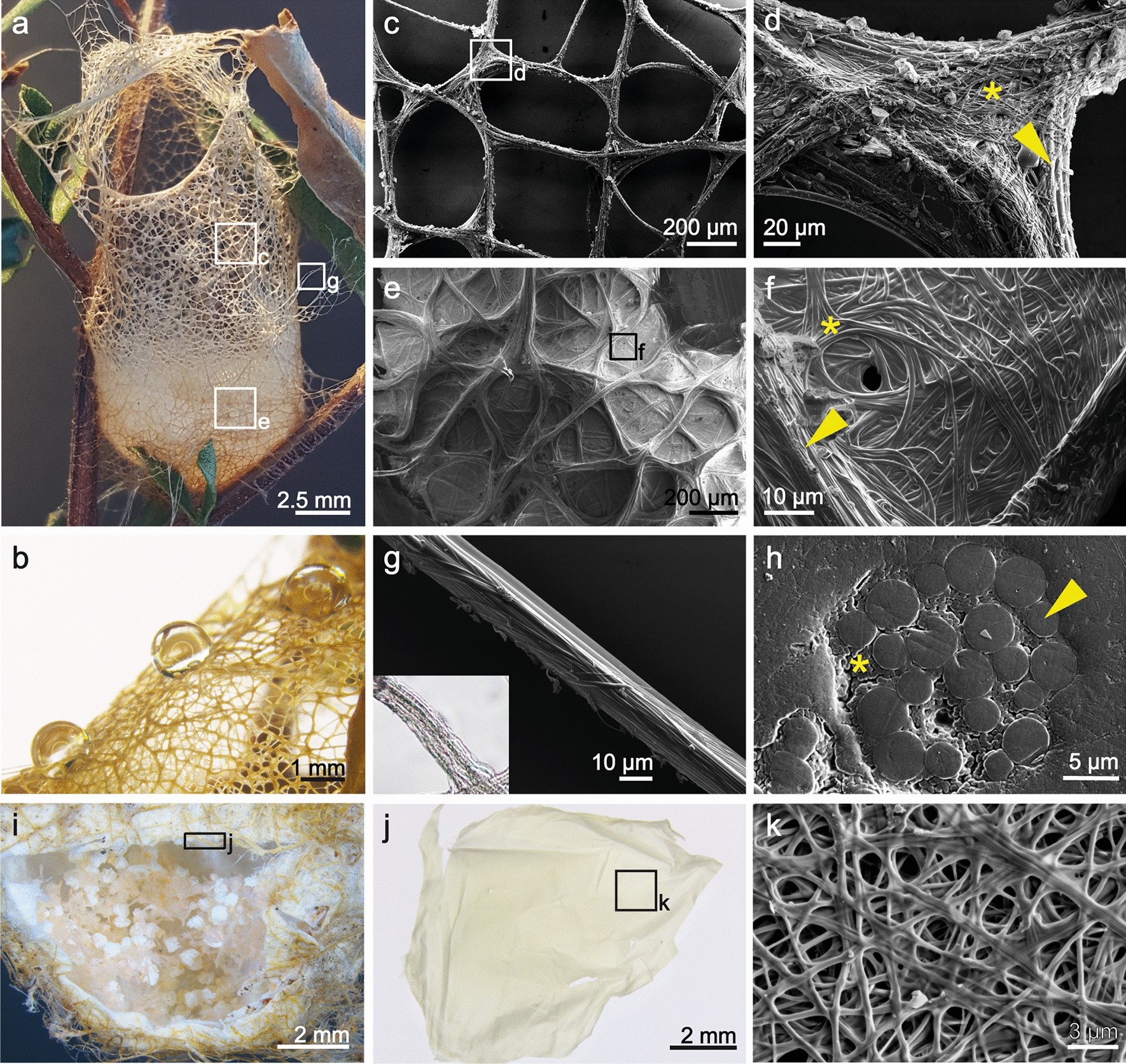
Free-standing spider silk webs of the thomisid Saccodomus formivorus are made of composites comprising micro- and submicron fibers
de
por adulto (o preço varia de acordo com o tamanho do grupo)
